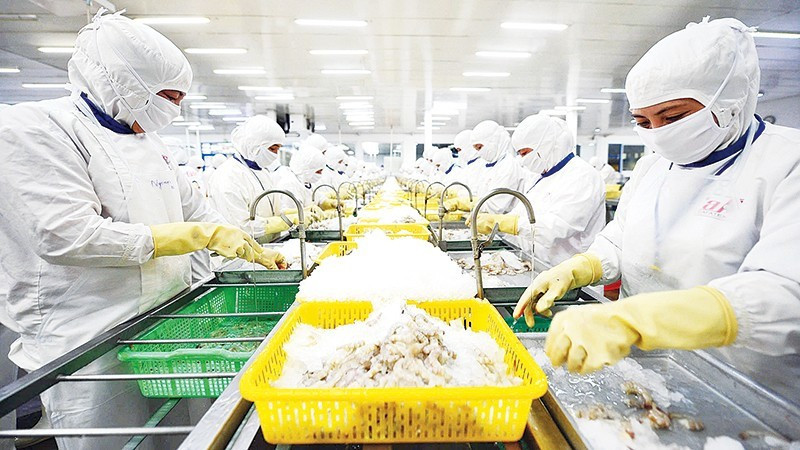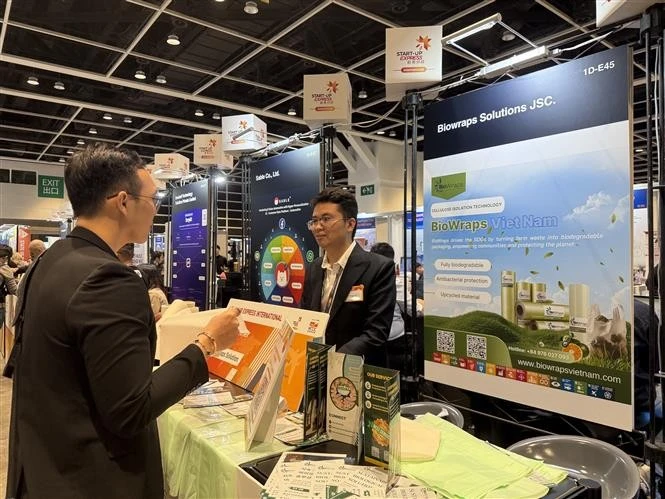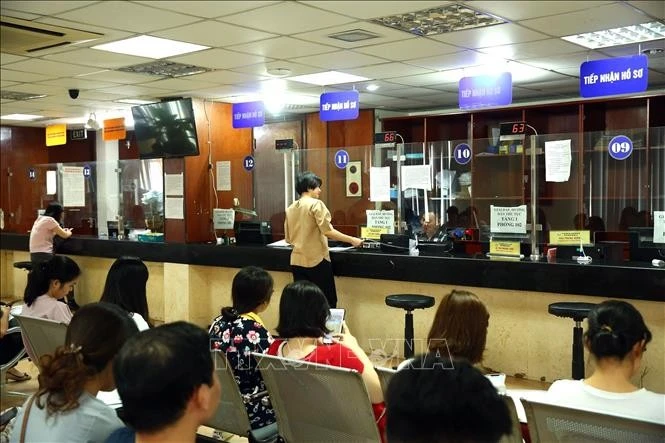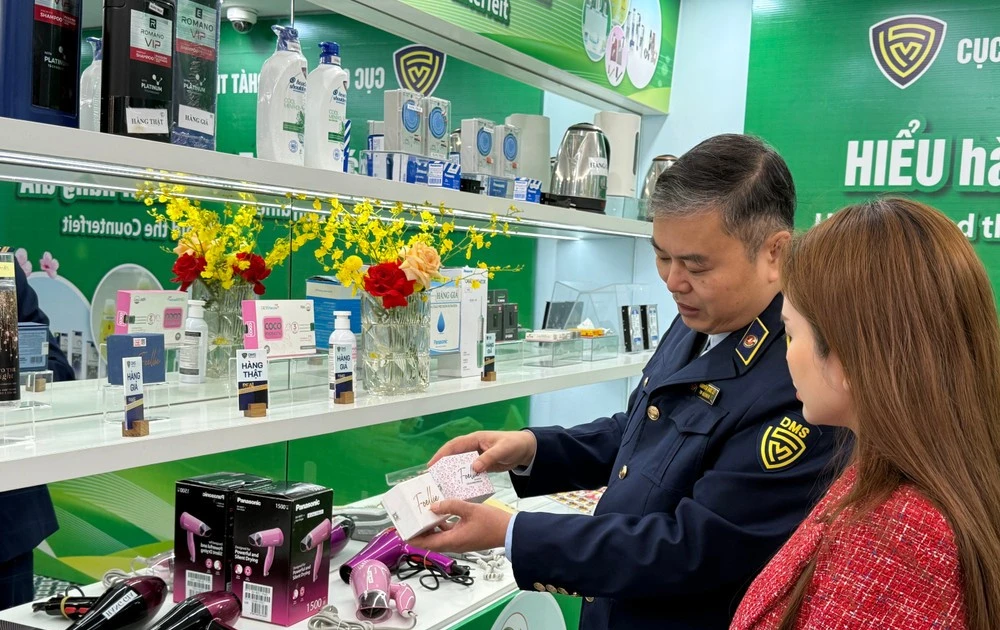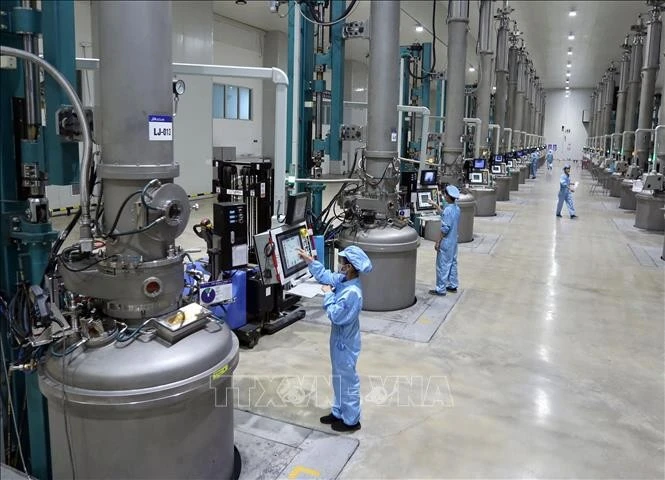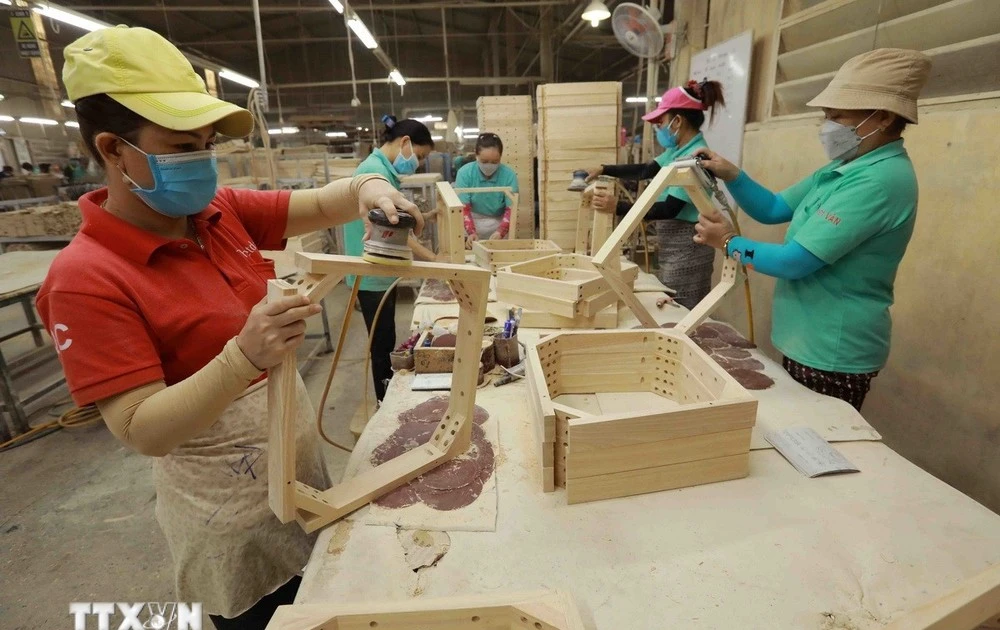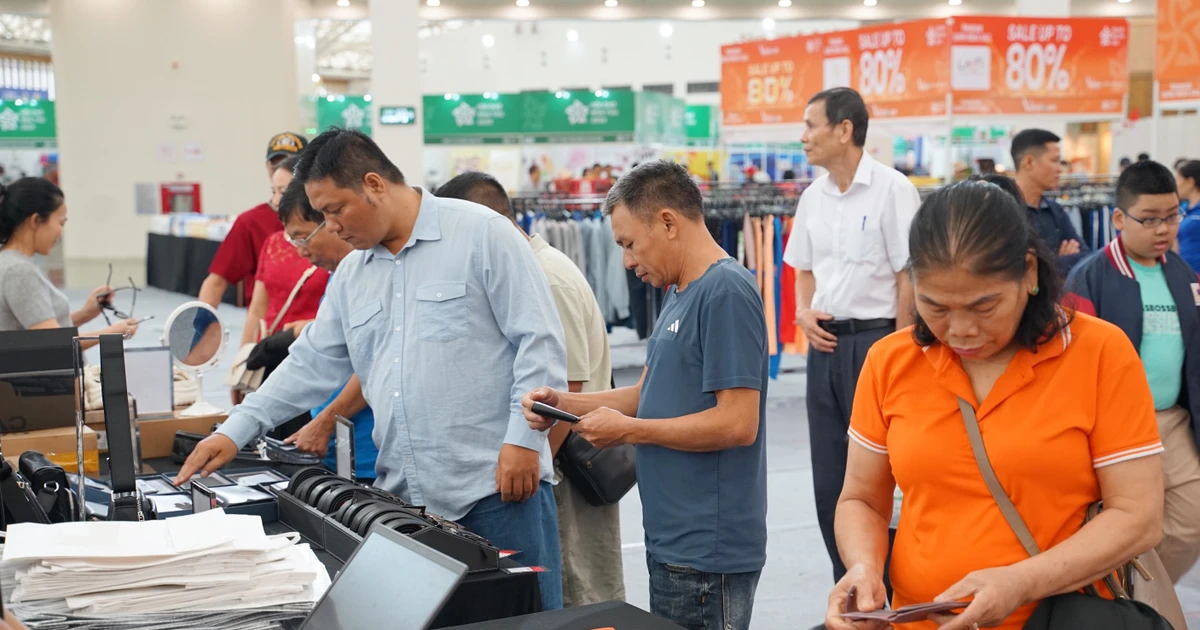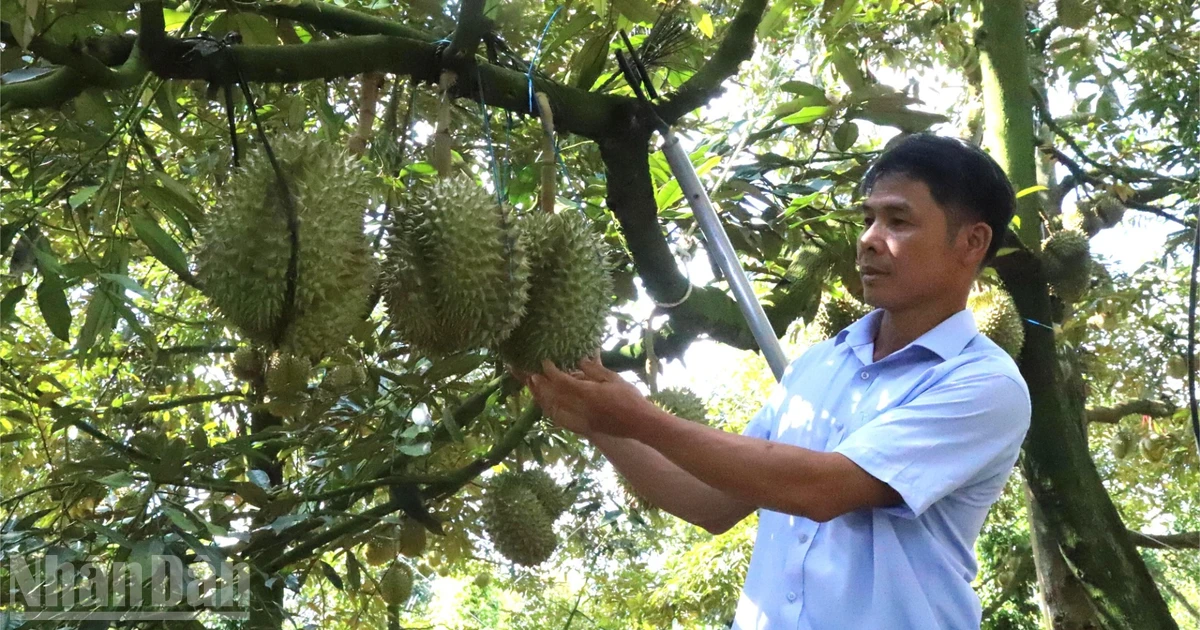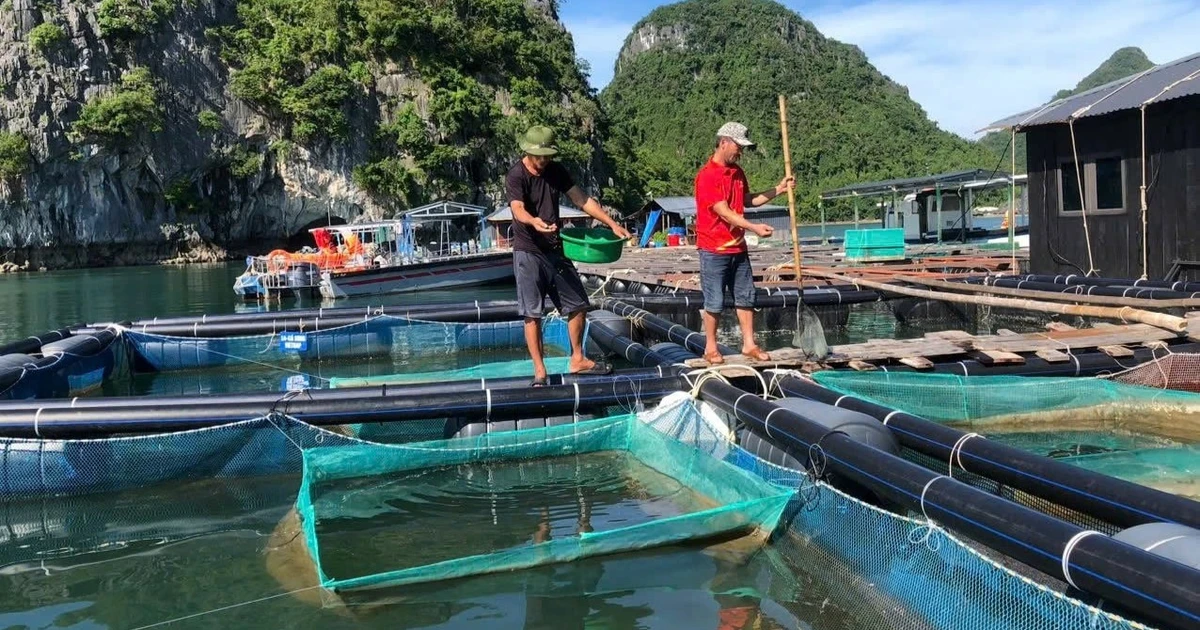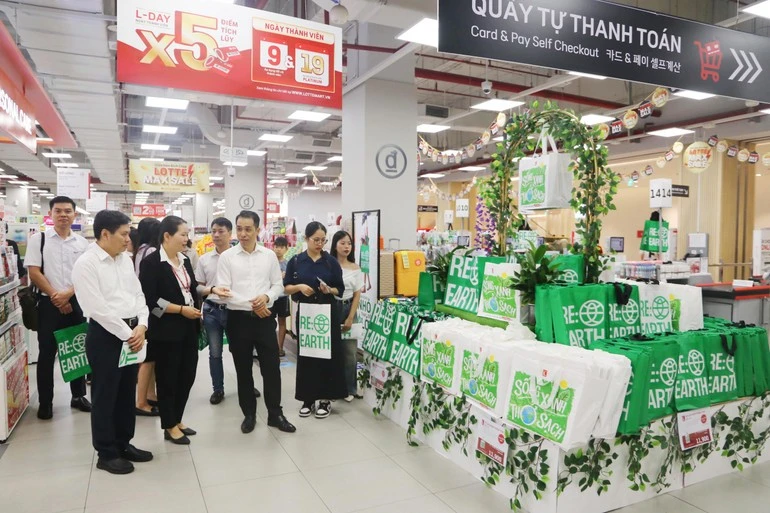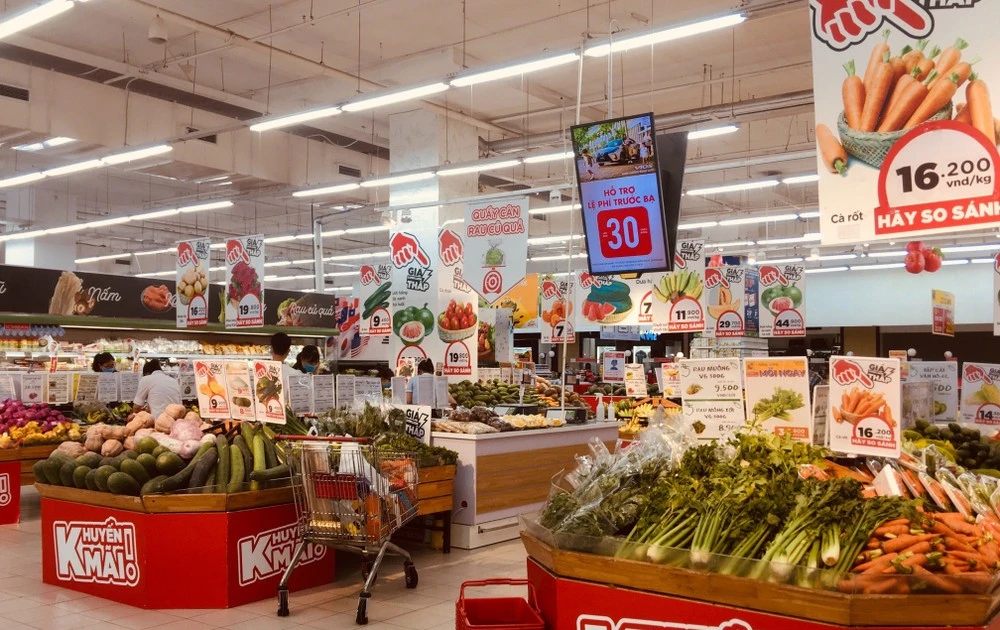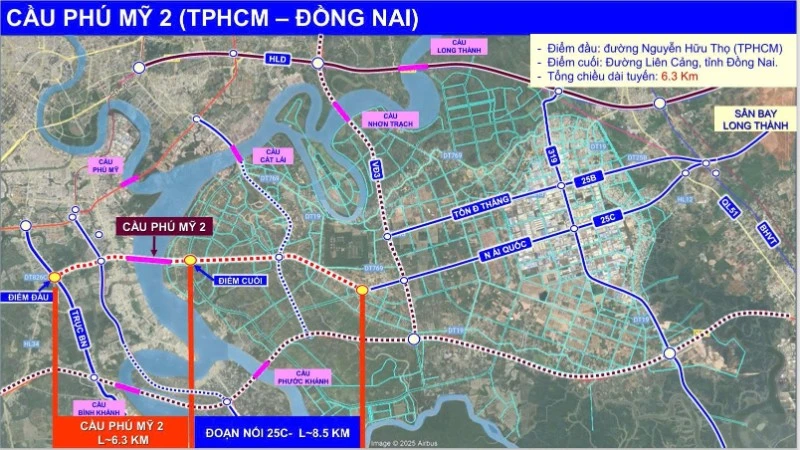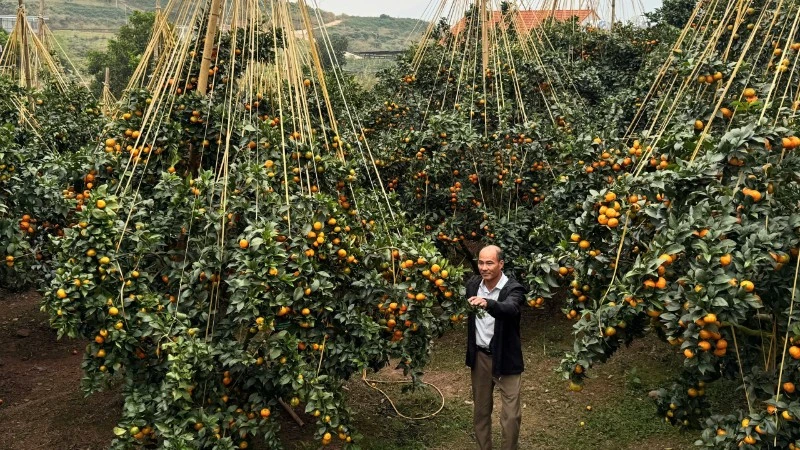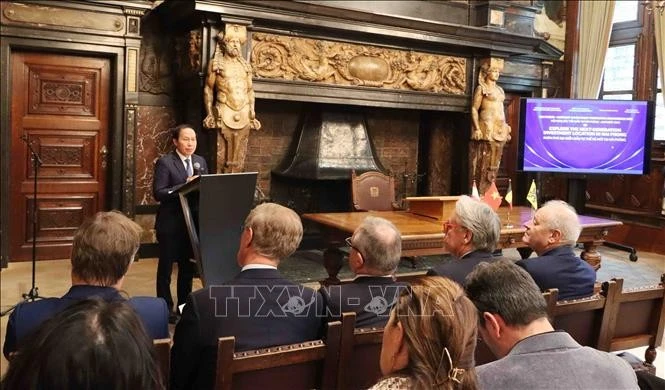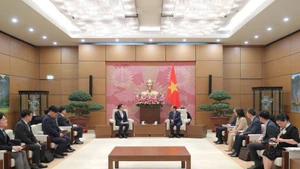Yet, behind these challenges lies the resilience and determination of Vietnamese enterprises to “make a sprint,” not only to meet annual targets but also to build momentum for a new, more stable and sustainable growth cycle.
Tariff pressures and slowing consumer markets
According to data from the General Department of Customs, Viet Nam’s export turnover in the first eight months of 2025 reached more than 280 billion USD, up 7.3% year-on-year. Key sectors such as textiles, wood, electronics and seafood maintained growth momentum.
However, moving into September, the picture became less rosy: within just the first 15 days of the month, total export value fell by 17.7% compared with the previous period, marking a clear slowdown in global trade.
“Textile orders are slowing down because US buyers had placed orders earlier to avoid countervailing tariffs, which led to rising inventories and a significant drop in import demand,” said Tran Nhu Tung, Vice President of the Viet Nam Textile and Apparel Association (Vitas), at the Viet Nam Economic Forum 2025.
According to Pham Van Tan, Deputy General Director of the Viet Nam National Textile and Garment Group (Vinatex), higher import tariffs in the US have pushed up retail prices of garments, causing a steep decline in consumer demand. International fashion brands have been forced to cut orders, leading to a domino effect throughout Viet Nam’s textile supply chain.
Similarly, the wood industry — long considered a pillar of stability — is now facing new waves of difficulty. From October 1, the US imposed a 50% tariff on kitchen cabinets, bathroom furniture and several other wooden interior products — categories that account for more than half of Viet Nam’s wood export turnover. “This is a major blow, as enterprises are not only dealing with rising logistics costs but also shrinking profit margins due to new tariffs,” said Phung Quoc Man, Chairman of the Handicraft and Wood Industry Association of Ho Chi Minh City (Hawa).
Beyond textiles and wood, other sectors such as electronics, leather–footwear and seafood have also reported order declines as consumer spending in the US and Europe slows. Nguyen Cam Trang, Deputy Director of the Import–Export Department under the Ministry of Industry and Trade, noted: “September data show sharp drops in many key export categories. This clearly reflects the impact of tariff policies and weakening global demand.”
“Running faster to stay ahead”
Amid such fluctuations, Vietnamese exporters are undergoing significant transformation. In the textile sector, Vinatex factories have shifted towards producing high-end goods using recycled fabrics and eco-friendly fibres to meet the “green” standards of the EU and Japan. “If we don’t invest in clean production, we will soon be excluded from the supply chain,” said Pham Van Tan.
In the wood sector, many companies such as AA Corporation, Duc Thanh and Minh Duong are accelerating efforts to develop their own brands, reducing reliance on outsourcing. Large firms are also expanding into new markets such as the Middle East, South Asia and Africa — regions where demand for furniture is rising rapidly and trade barriers are lower.
Meanwhile, the seafood industry — sensitive to shifts in consumption — is striving for renewal through digital transformation and traceability. Numerous enterprises have invested in smart production management systems and transparent aquaculture databases to meet stringent requirements from the EU and the Republic of Korea.
Experts believe that, although order volumes have tightened, this period also serves as an opportunity for restructuring. “We are in a transition phase — those who innovate faster will be the ones to survive,” said Tran Nhu Tung.
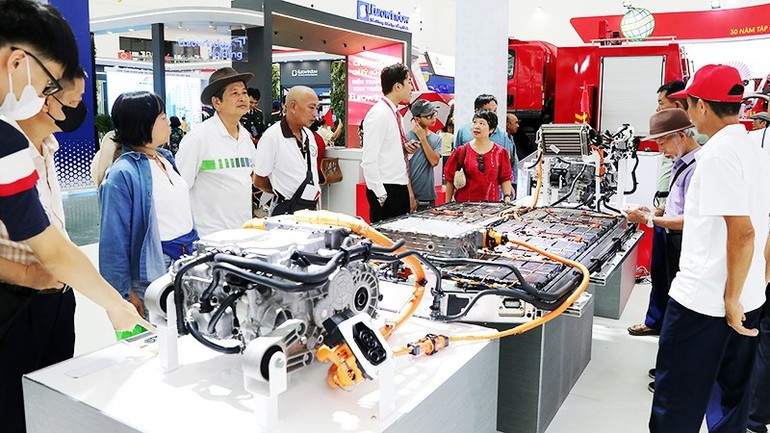
FTAs – A “shock absorber” amid global volatility
In an increasingly risky global trade environment, free trade agreements (FTAs) remain a vital cushion helping Vietnamese goods maintain competitiveness.
According to the Ministry of Industry and Trade, the utilisation rate of preferential tariffs under FTAs by Vietnamese enterprises now reaches nearly 40%, higher than the regional average. Among these, the EVFTA, CPTPP, RCEP and the newly signed Viet Nam–EFTA FTA (with Switzerland, Norway, Iceland and Liechtenstein) open vast opportunities for exports of textiles, footwear and agricultural products.
Experts suggest that to fully capitalise on FTA advantages, enterprises must actively comply with rules of origin, invest in domestic supply chains, and reduce dependence on raw materials imported from China or non-member countries.
In particular, as the world moves toward sustainable development, carbon emission reduction is increasingly becoming a prerequisite. This presents both challenges and opportunities. “If we shift early to green production, Vietnamese goods will not only remain resilient but also enhance their value on the global export map,” stressed Nguyen Cam Trang.
Sprint solutions: Proactive, flexible and greener
According to experts at the Viet Nam Economic Forum 2025, achieving sustainable export growth requires businesses to adopt three concurrent strategies.
First, diversify markets and products. Instead of relying solely on the US and EU, enterprises should expand into emerging markets such as India, the Middle East and South America, where demand for consumer goods and furniture is increasing. At the same time, firms need to tailor products to local tastes rather than producing in bulk for all markets.
Second, accelerate digital transformation and traceability. Applying technology in supply chain management helps reduce costs and enhance transparency — a factor increasingly valued by global consumers. Many textile and seafood exporters have already adopted blockchain to verify product origins and eco-friendly production processes.
Third, strengthen domestic supply chain linkages. Closer cooperation between foreign-invested and local firms will foster robust domestic supply chains, reduce dependence on imported materials and enhance long-term competitiveness.
At the macro level, the Ministry of Industry and Trade is coordinating with the Ministry of Foreign Affairs and the Ministry of Finance to negotiate with the US and EU on removing technical barriers, while also supporting enterprises to join international fairs, connect logistics networks and pave the way for Vietnamese goods to reach farther markets.
The year 2025 may end with export results below initial expectations as several industries continue to be affected by tariffs and global volatility. Yet, viewed from another angle, this is also a “trial by fire” that will make Vietnamese enterprises more resilient and mature.
From tariff shocks, businesses are compelled to transform models, upgrade products and manage risks more effectively. From reduced orders, they are learning to diversify markets and embrace green production — the foundations needed for sustainable development beyond 2025.
“Difficulties are not the end, but an opportunity to reposition ourselves within the global value chain,” said Pham Van Tan. Once enterprises have learned to “run faster against the wind,” Viet Nam’s journey towards green, sustainable and self-reliant growth will no longer be out of reach.
